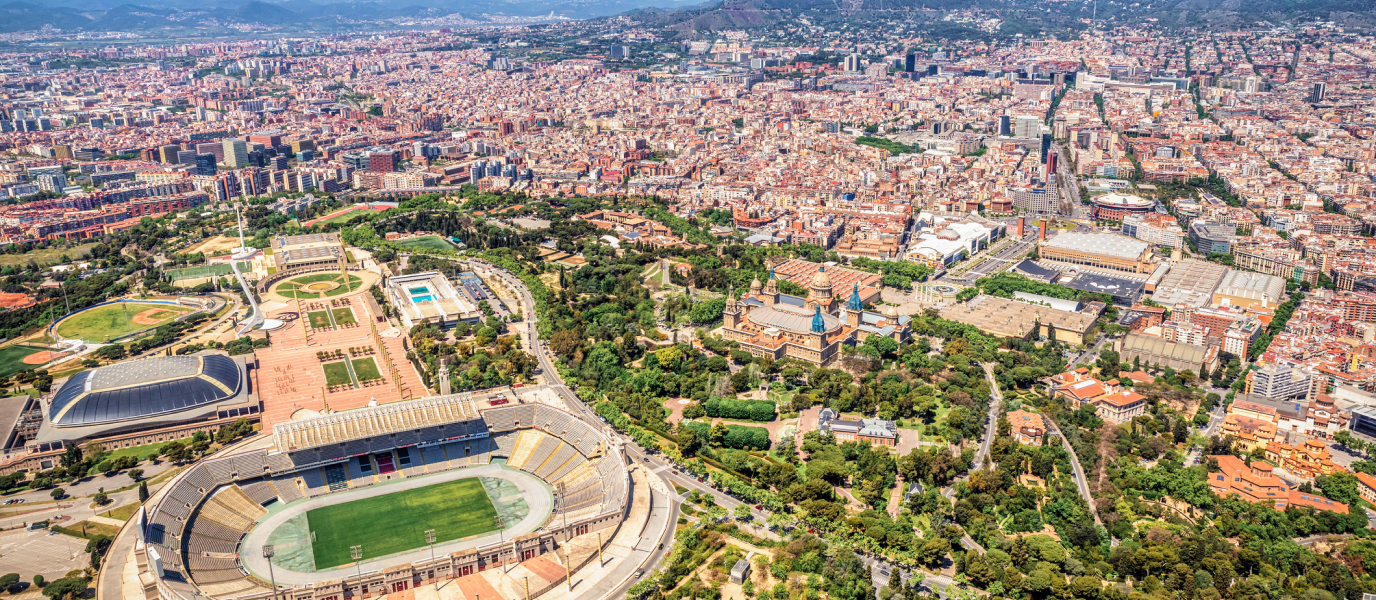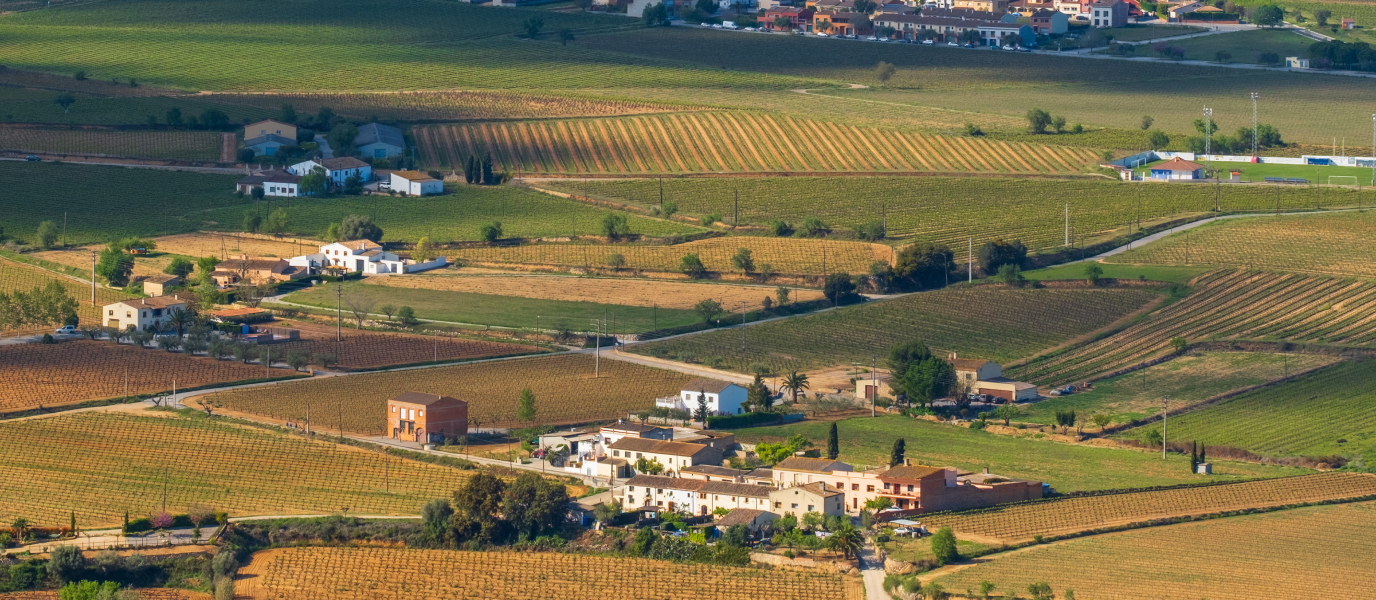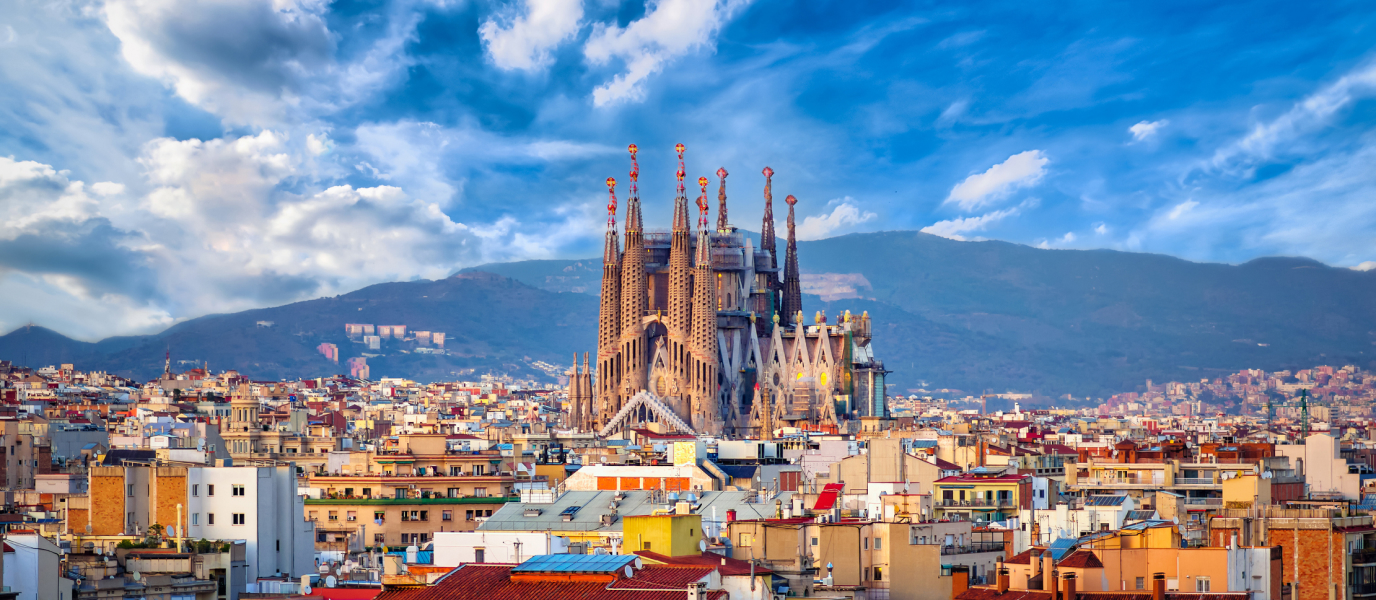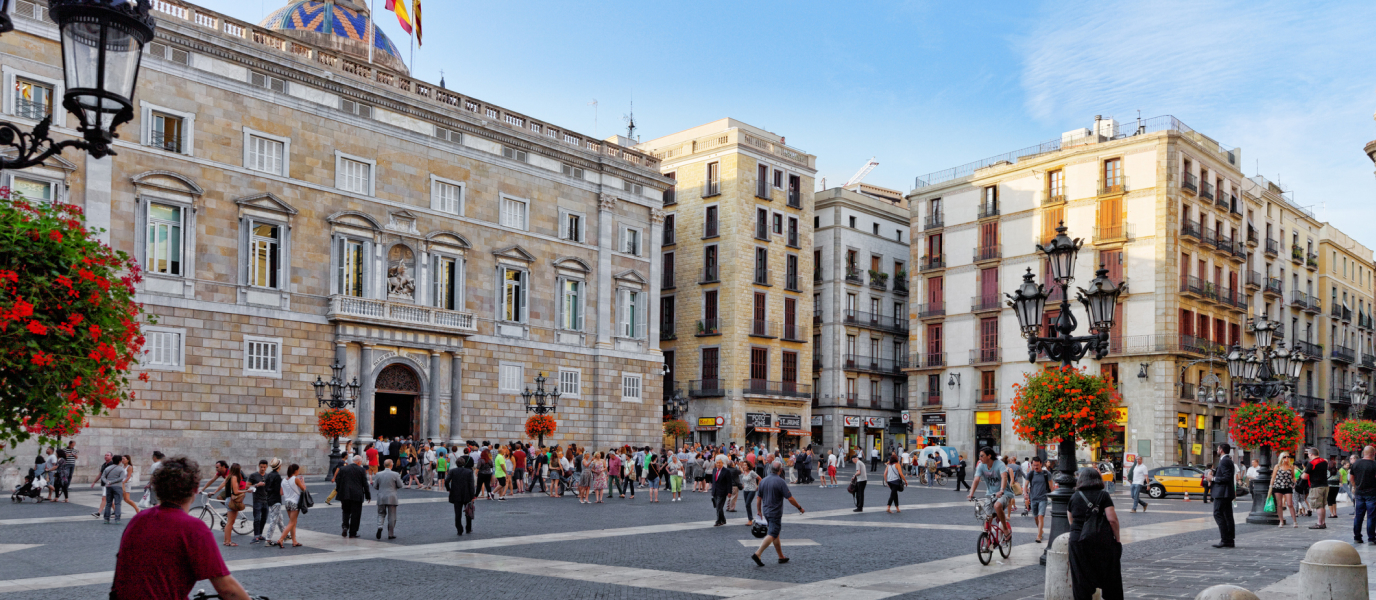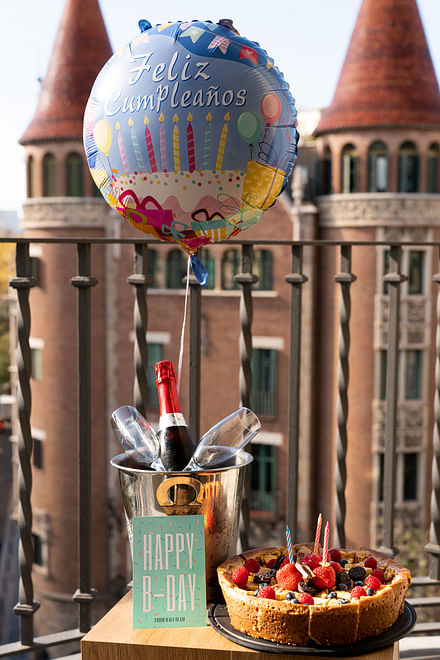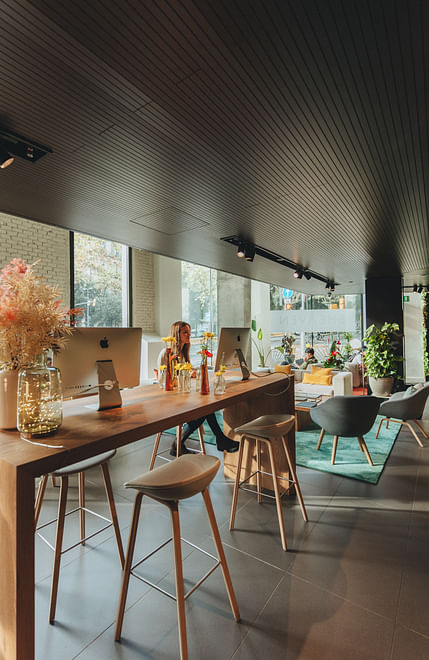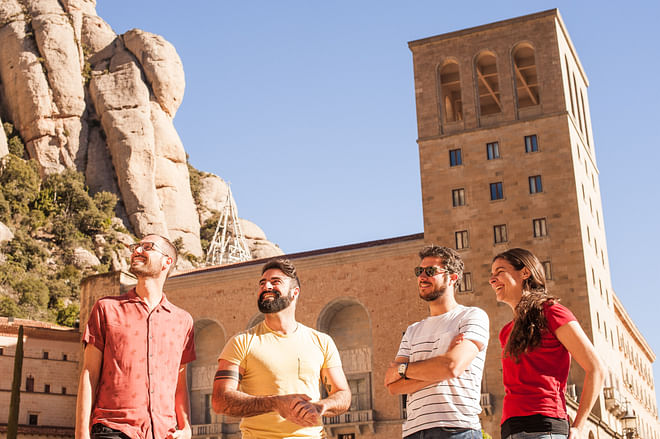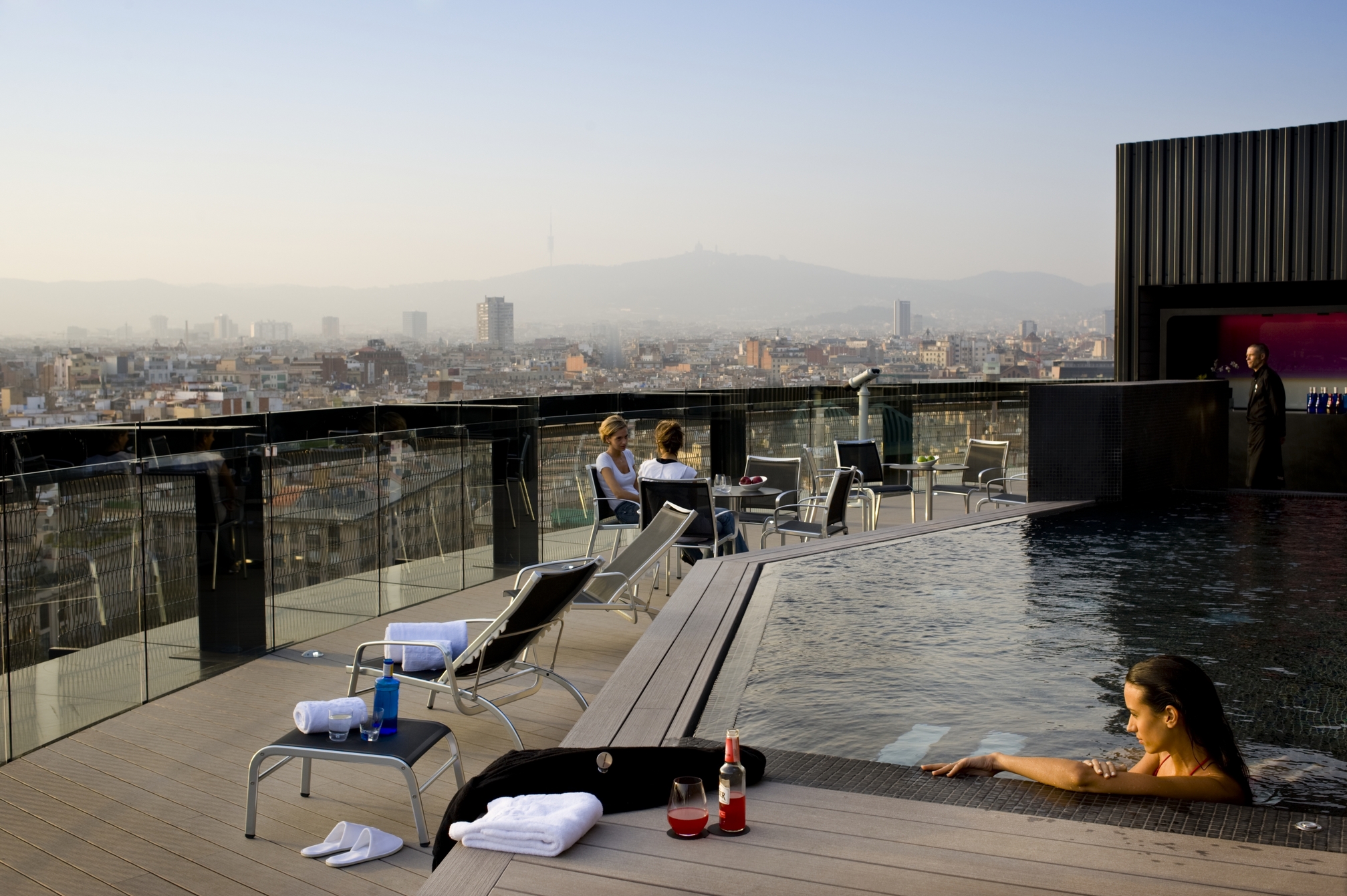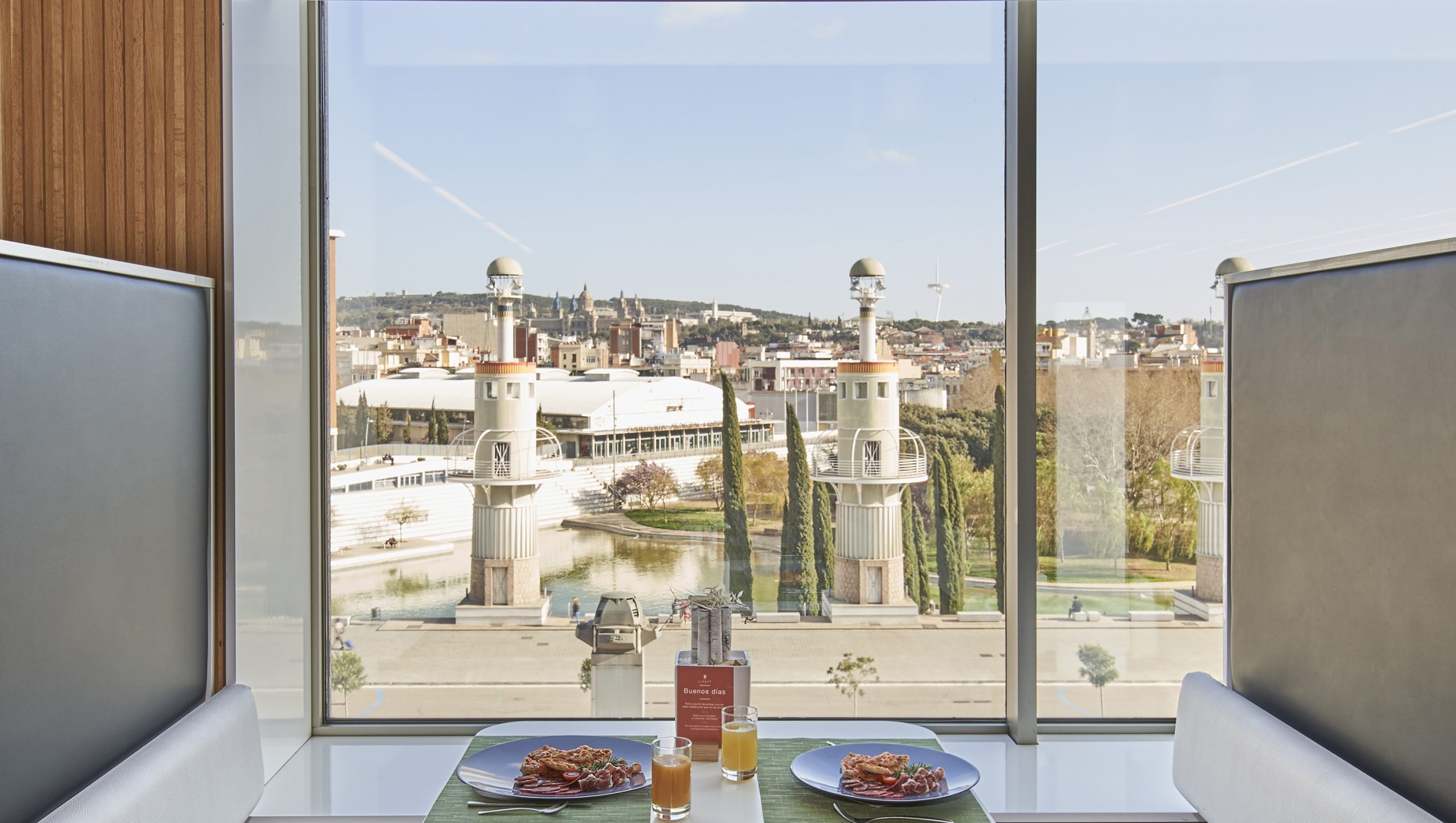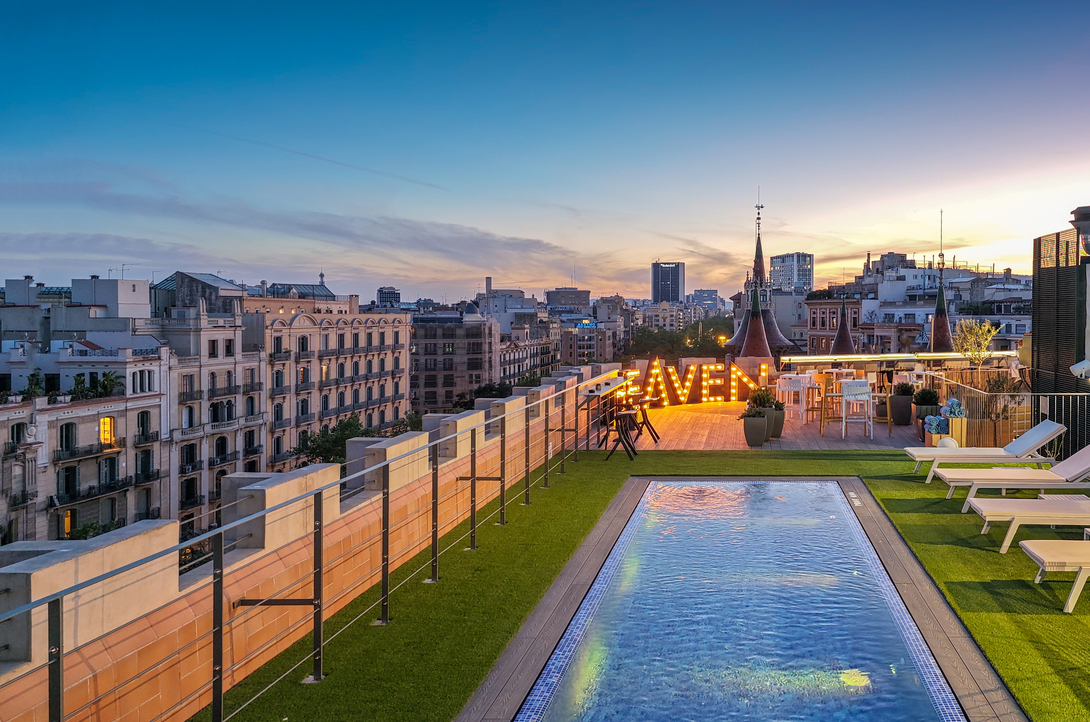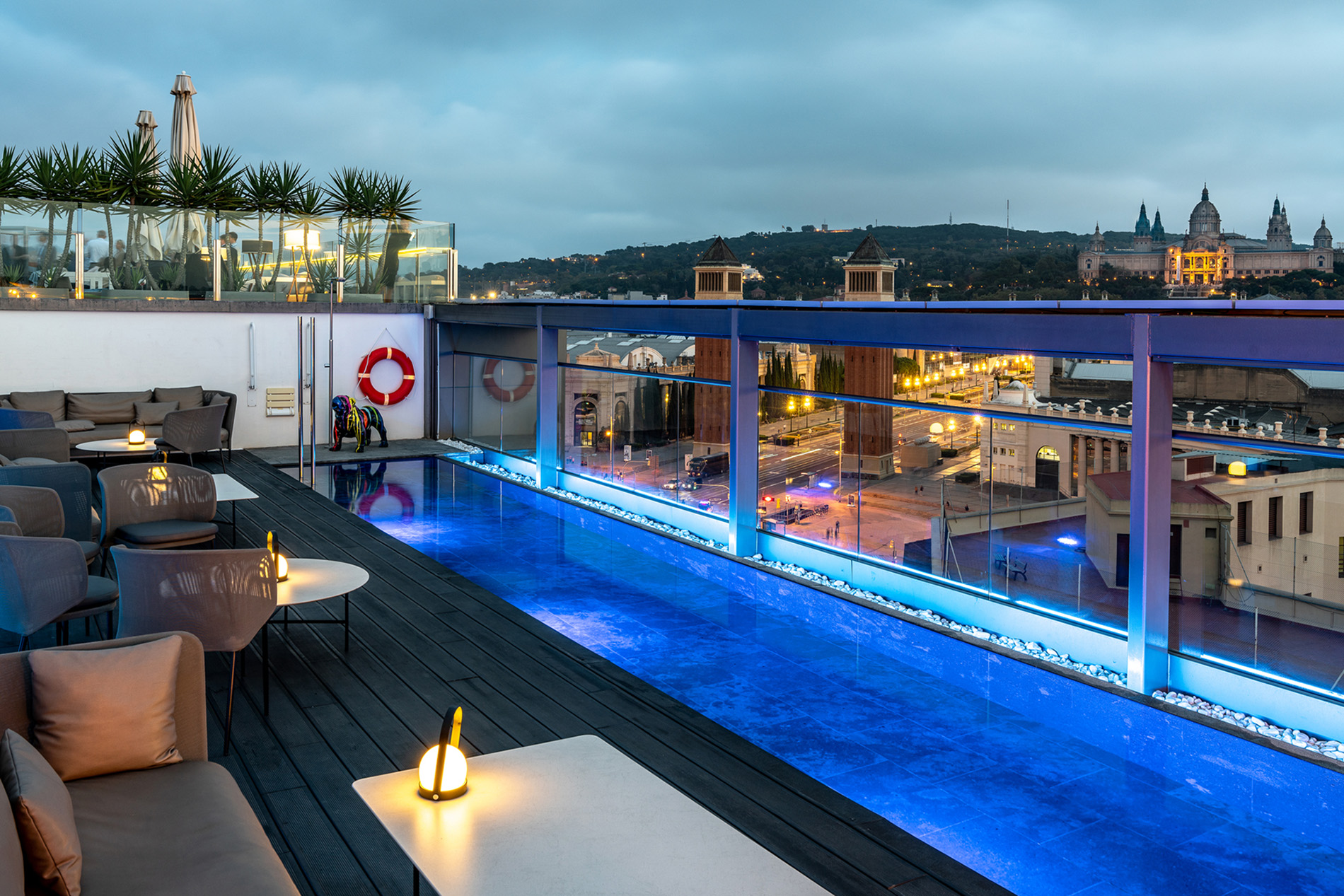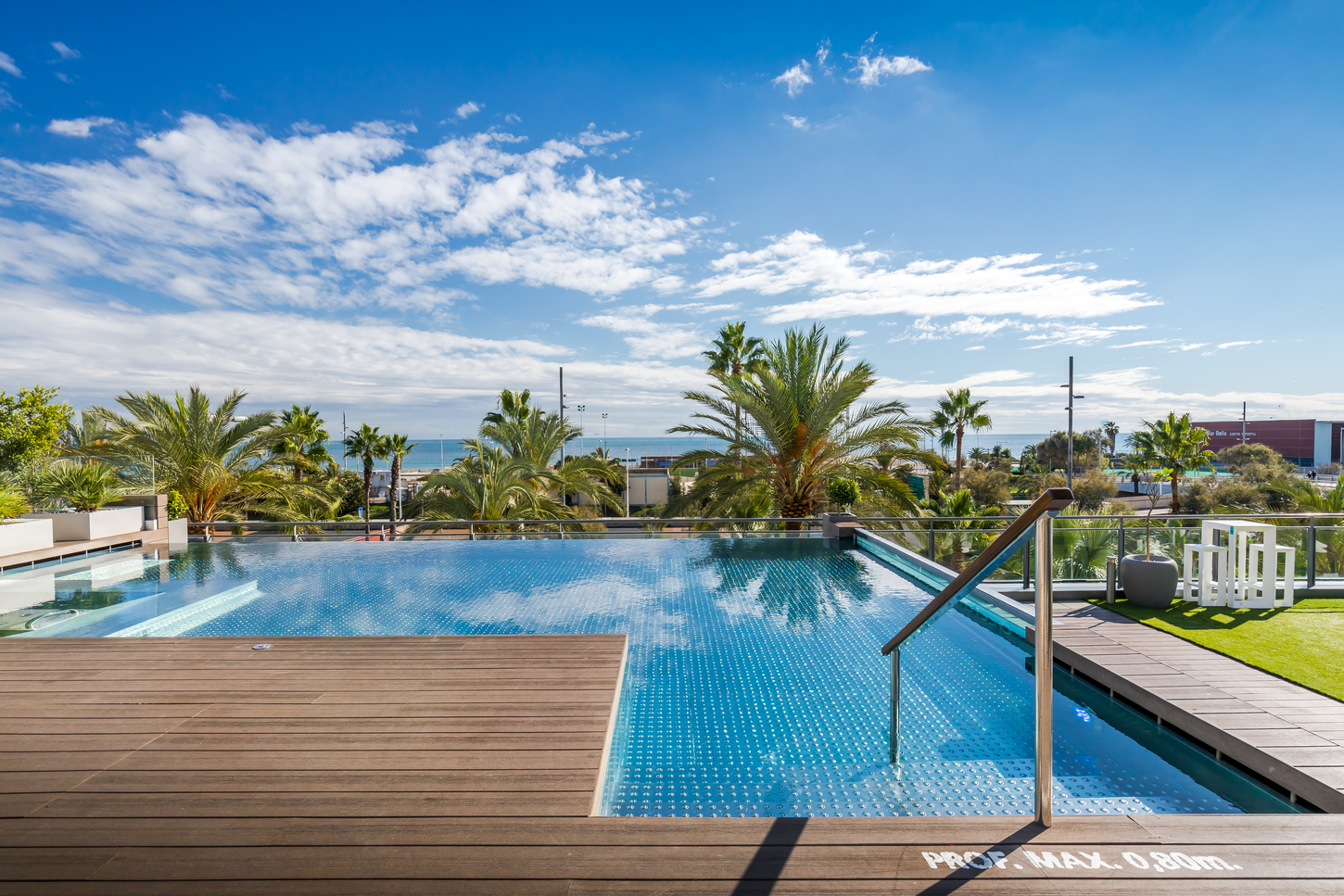Although these days the Camp Nou—with almost 100,000 seats—is without a doubt the most famous stadium in Barcelona, locals are still very fond of the legendary Olympic Stadium (Estadi Olímpic, in Catalan), the main setting of the ‘92 Olympic Games, an event that transformed the Catalan capital for good. Read on to learn about its history and most important features so you can enjoy your visit to the fullest.
Construction of the Olympic Stadium in Barcelona
Although many know the sports facilities because of the 1992 Olympic Games, its history dates back over six decades to 1927. The stadium was originally built for the 1929 International Exposition, and, much like the 1888 Universal Exposition—when Ciutadella Park was given a face lift—efforts were centred on preparing the Montjuïc area, which was the chosen backdrop for the great event. In addition to the Olympic Stadium, the Magic Fountain of Montjuïc, the National Palace (which now houses the Museu Nacional d’Art de Catalunya), Poble Espanyol and the Grec Theatre all exist thanks to the urban-development and architectural momentum that took place.
Pere Domènech i Roura (son of the famous modernist architect Lluís Domènech i Montaner) was responsible for designing the stadium, which at the time was considered the second largest in the world. Although Barcelona had bid for the 1936 Olympic Games, Spain’s political situation prevented Barcelona from hosting the most important sporting event in the world, at least on that occasion, as 56 years later its time would finally come.
Barcelona Olympic Stadium’s second wind
The setback of the 1936 Olympic Games caused the stadium to fall into a state of neglect, which it only came out of when it was announced that in 1992 the city would finally host the coveted games. It was then that the team of architects formed of Milà, Buxadé, Correa, Gregotti and Margarit got to work to recondition the facilities and adapt them to the requirements of such an important event.
In reality, Barcelona’s Olympic Stadium was re-inaugurated in 1989 (three years before the Games), when it hosted the 5th Athletics World Cup. According to reports, on the day of the opening ceremony of the aforementioned championships the stadium was full of leaks. Nevertheless, on 25 July 1992, during the opening ceremony of the Olympic Games, every last detail was taken care of. Thus, Barcelona presented itself before the world as a modern city, with a memorable spectacle that is remembered both by those who witnessed it from the stands and those who watched it on television all over Spain.
Although the ’92 Olympics boasted many locations (distributed among Barcelona and 15 other municipalities), what everyone remembers is the magical moment in which the towering Juan Antonio San Epifanio ‘Epi’, the penultimate relay-runner in a long series, gave the Olympic torch to the archer Antonio Rebollo, who, before an astonishingly silent stadium, shot the flaming arrow that lit the great cauldron.
The Olympic Stadium was similarly the setting of the closing ceremony of the event—a historical milestone for the Catalan people—and hosted all the athletics events, both those of the Olympics and the Paralympics, which were also held in Barcelona.
The present-day Lluís Companys Olympic Stadium
Ever since the ’92 Olympics, the stadium has continued to host sporting events, such as the 2010 European Athletics Championships and the 2012 World Junior Athletics Championships, whilst Real Club Deportivo Espanyol, the historic rival of Barcelona FC, played their home games there from 1997 to 2009 when the pericos, as they are known, moved to the newly-built Cornellà-El Prat Stadium.
Before doing so, the name of the facilities was changed to the Estadi Olímpic Lluís Companys, in honour of the former president of the Government of Catalonia, who was executed by firearm close to the stadium in Montjuïc castle.
Furthermore, the complex, situated in the upper part of Montjuïc with no residential areas in its immediate surroundings, has become one of the most popular places in the city for hosting concerts. The likes of Bon Jovi, Bruce Springsteen and AC/DC, among many other Spanish and international artists, have all performed at the stadium.
In the vicinity of the complex, in what is known as the Anella Olímpica, or the Olympic Ring, there are some other icons of Barcelona’s urban landscape, such as Palau Sant Jordi—the magnificent sports centre designed by the Japanese architect Arata Isozaki for the ‘92 Olympics—and the Communications Tower by Santiago Calatrava, which is endowed with the plasticity and dynamism typical of the Valencian architect’s work, as well as a small homage to Antoni Gaudí with the addition of his famous trencadís mosaics on its base.
As you can see, Barcelona’s Olympic Stadium is yet another magical place that you mustn’t miss when in the Catalan capital.
























































